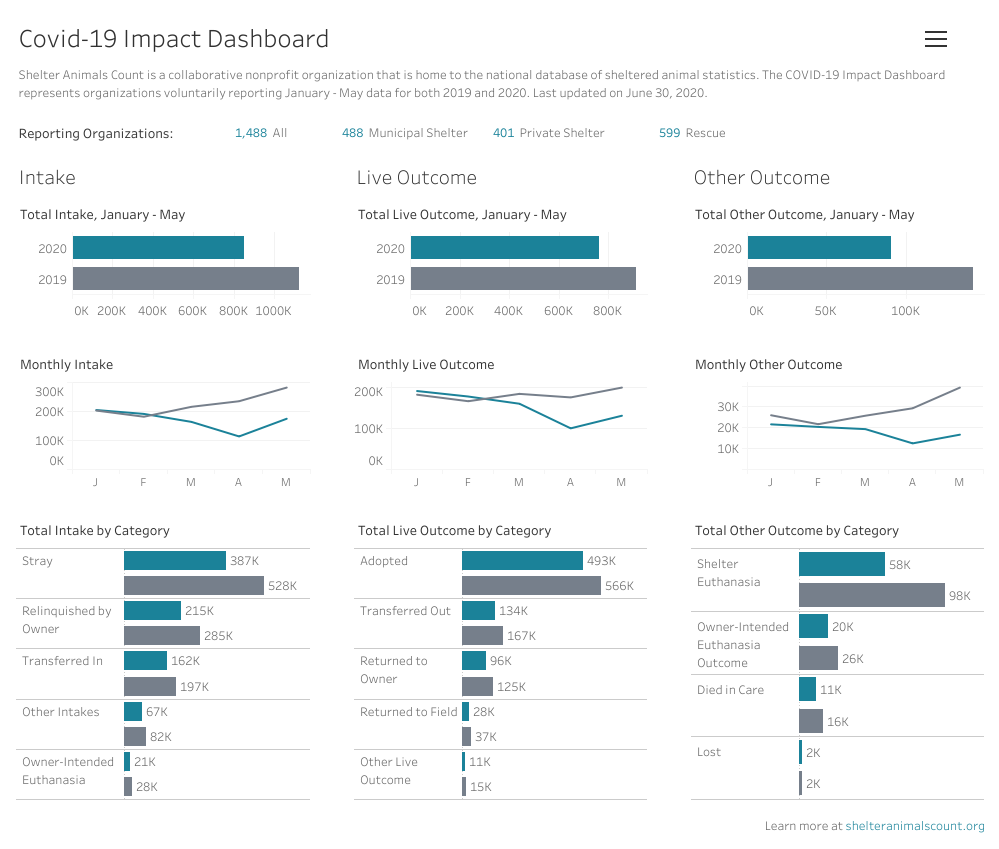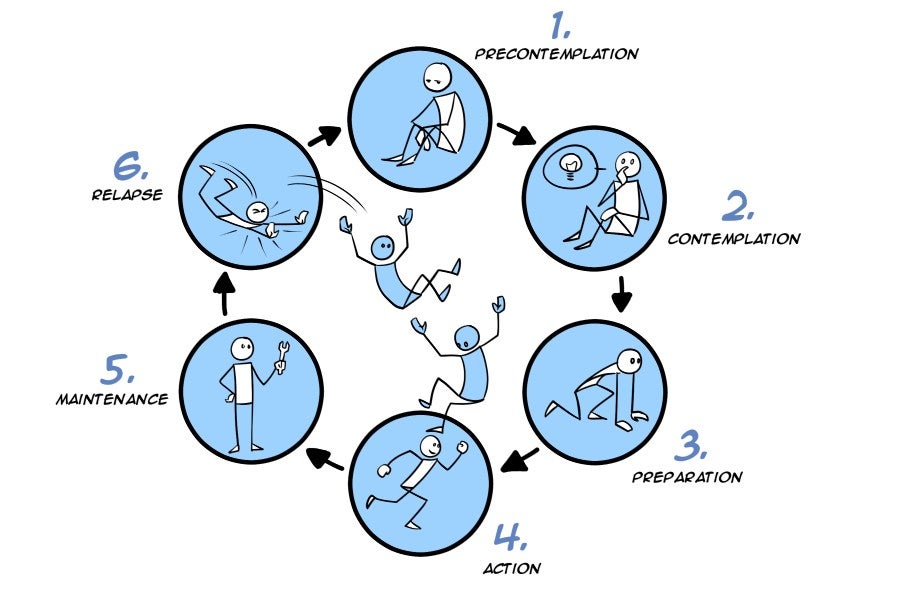What National RTO Averages are Not Telling us About Redemption.

According to the 2,760 organizations that report to Shelter Animals Count, national shelter intake is down over 25% for the first half of 2020; in some states, such as New York, animal intake is down as much as 55%.

The stories behind these stats are good ones: Animals are being directly rehomed by their guardians; fosters are “failing” in love and keeping animals that would have entered the sheltering system; food, medical, and behavioral resources are being offered to keep animals in homes before resorting to surrender; flush with time, guardians are able to work through behavioral and environmental challenges.
With so many of our markers trending in a positive direction, why aren’t we finally seeing an uptick in the ever-stubborn Return to Owner (RTO)? One might predict that the reduction in intake might have allowed staff to reallocate time to redemption efforts that move animals through the shelter faster, but a quick glance at the data suggests that’s not the case. In fact, RTO is down 1% from 13.8% to 12.7% (cats and dogs combined). What the heck?
Perhaps you intuitively know that doesn’t sound right. If you are one of the many shelters that have reduced your services to emergency-only during the pandemic, you’re likely attuned to the emerging data that has demonstrated a reduction in intake has not resulted in an increase in animals found dead on the street. So where are these animals going?
We decided to call one of our own local shelters to dive deeper into what’s really going on with redemption rates.
In Sacramento City, out of the 67 animals that were found from April 1-June 30 and whose finder used Front Street Animal Shelter’s text to report/find app, 22 animals returned to their owners without ever entering the shelter. That’s 20% higher than the national average we are seeing reported by shelters.
“And that’s just the ones we know about. Many people don’t follow up with the survey and report their success to our shelter, but we can see from the ones that have responded that animals are being returned to their owners at much higher rates than our national average,” reports Front Street director Phillip Zimmerman. “They’re using the recommendations we’re providing and they are locating guardians on their own before coming to the shelter, which means they aren’t showing up in our head count.”
Does your shelter have a way of tracking the animals that don’t enter your shelter but are served by members of your community? We’d love to hear the results! Email us at mnewkirk@ucdavis.edu if you have RTO rates- in and outside the shelter walls- to share.
Interested in learning more about improving your redemption rates? A webinar featuring Return to Owner expert and innovator, Gina Knepp of Michelson Found Animals Foundation took place on June 29th. Gina reviewed the most recent best practices and recommendations from the national organization dedicated to getting more pets reunited with their owners. This special webinar was moderated by Michelson’s Matt Ulrich. Watch on-demand at: https://bit.ly/2BeiwBc







Responses